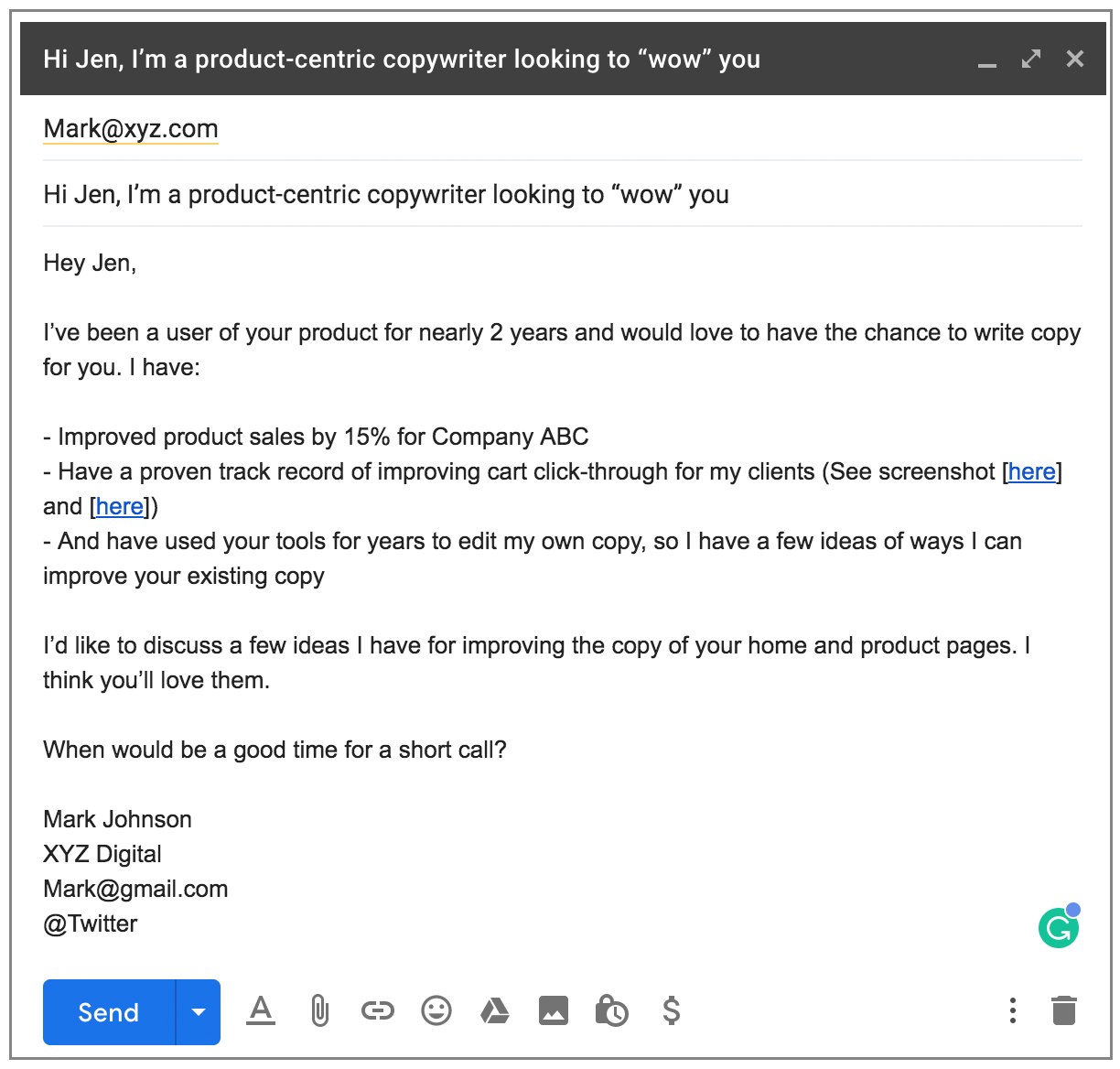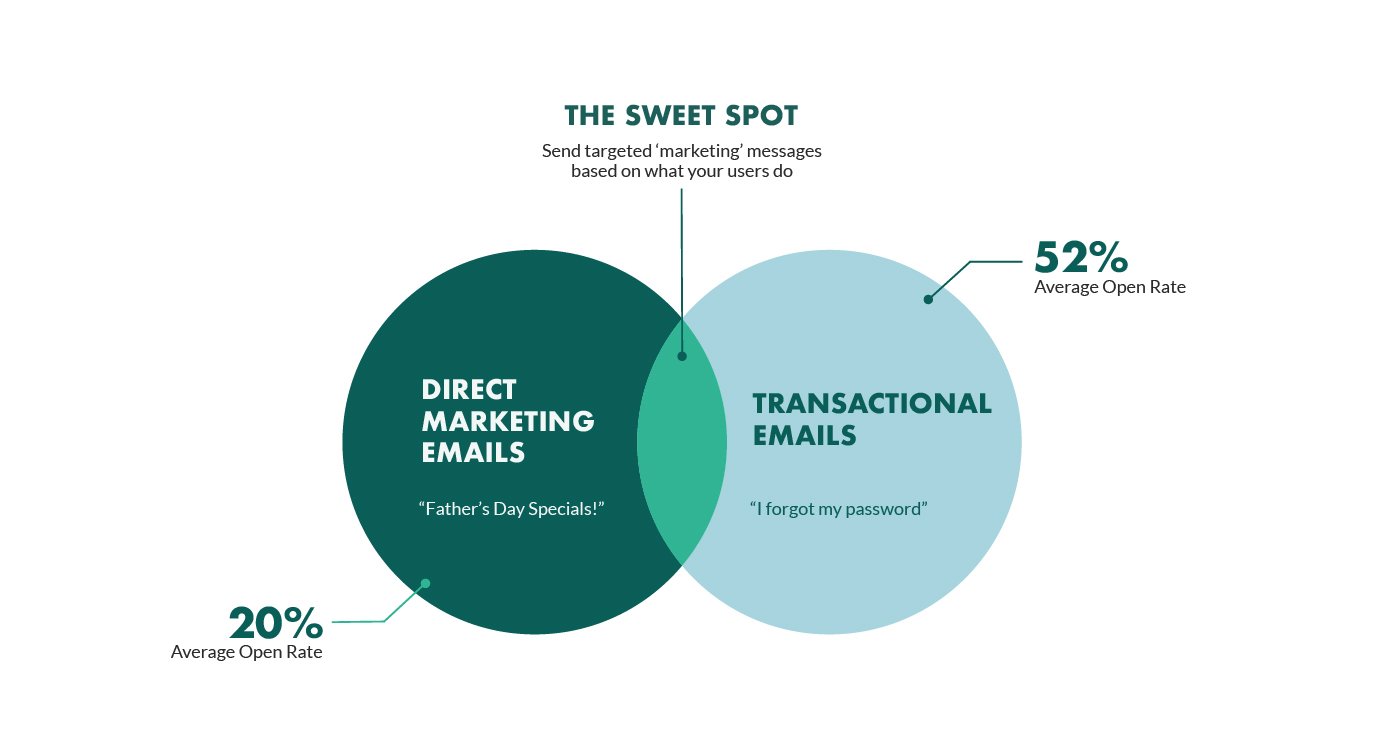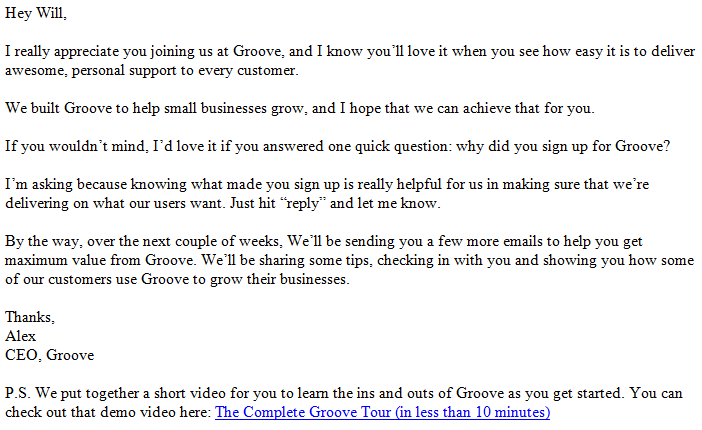Yes, you can send marketing emails to your customers. But, there are rules and guidelines you need to follow.
Email marketing is a powerful tool for businesses. It helps you reach your customers directly. But sending marketing emails is not as simple as it seems. There are laws that protect consumers’ privacy and prevent spam. Understanding these regulations is crucial.
You need to get your customers’ permission before sending them promotional emails. This practice is called “opt-in. ” It ensures your customers want to hear from you. Following the rules not only keeps you out of trouble but also builds trust with your audience. In this blog, we’ll explore the do’s and don’ts of sending marketing emails to your customers.

Credit: www.gmass.co
Introduction To Marketing Emails
Marketing emails are a powerful tool for businesses. They connect you with your customers directly. With the right approach, they build strong relationships and drive sales.
Importance Of Email Marketing
Email marketing offers many benefits:
- Direct Communication: Reach customers straight in their inbox.
- Cost-Effective: Cheaper than many other marketing channels.
- Personalization: Tailor messages to individual customer needs.
- Measurable Results: Track open rates, clicks, and conversions easily.
These benefits make email marketing essential for any business. It enhances customer engagement and boosts sales.
Common Misconceptions
Many believe email marketing is spammy. Not true. Well-crafted emails provide value and foster trust.
Another myth: Email marketing is outdated. Wrong. It remains one of the most effective marketing strategies.
Some think it’s too complicated. It’s not. With the right tools and strategies, anyone can do it.
Don’t fall for these misconceptions. Embrace email marketing and see the benefits for yourself.
Understanding Consent
Sending marketing emails to your customers can be an effective strategy. However, you need to understand the concept of consent. Consent is crucial to avoid legal issues and maintain trust with your customers. Without proper consent, your emails could be marked as spam. This can harm your reputation and deliverability rates.
What Is Consent?
Consent means getting permission from your customers before sending emails. It ensures that they are willing to receive communications from you. This permission should be clear and explicit. It shows respect for their privacy and preferences.
Types Of Consent
There are two main types of consent: implied and express. Implied consent happens when a customer provides their email during a transaction. This suggests they expect to receive emails related to their purchase. Express consent, on the other hand, is given explicitly. It often involves checking a box or filling out a form to agree to receive marketing emails.
Express consent is more reliable and preferred. It demonstrates a clear intention from the customer to receive your emails. Always aim to obtain express consent for better compliance and customer satisfaction.
Legal Requirements
Sending marketing emails to customers is a great way to boost your business. But, understanding the legal requirements is crucial. These laws ensure that your emails are compliant. Non-compliance can lead to heavy fines. Let’s dive into the specifics of these regulations.
Can-spam Act
The CAN-SPAM Act is a U.S. law. It sets rules for commercial emails. It gives recipients the right to stop emails. Here are key points:
- Don’t use false or misleading header information.
- Don’t use deceptive subject lines.
- Identify the message as an ad.
- Tell recipients where you are located.
- Tell recipients how to opt out of future emails.
- Honor opt-out requests promptly.
- Monitor what others do on your behalf.
Compliance with these rules is mandatory. Violations can result in penalties.
Gdpr Regulations
The GDPR stands for General Data Protection Regulation. It applies to businesses in the EU or those dealing with EU citizens. Key points include:
- Get clear consent before sending marketing emails.
- Provide easy opt-out options.
- Offer a way to access or delete personal data.
- Ensure data protection and security.
- Document all consent given.
Compliance is essential to avoid hefty fines. Respecting customer privacy is a must.
Understanding these legal requirements helps you send compliant marketing emails. It builds trust with your customers.

Credit: www.superoffice.com
Building An Email List
Building an email list is crucial for effective marketing. This list consists of individuals interested in your products or services. They have given permission to receive emails from you. This ensures your marketing messages are welcome and not intrusive. Let’s explore some methods to build this valuable list.
Opt-in Methods
Opt-in methods are essential for growing your email list. They ensure that people who sign up want to hear from you. One popular method is offering something valuable in exchange for an email address. This could be a discount, e-book, or exclusive content. Another method is using sign-up forms on your website. These forms should be easy to find and fill out.
Double Opt-in Benefits
Double opt-in adds an extra step to the sign-up process. It requires subscribers to confirm their email address. This step ensures the email address is valid and belongs to the person signing up. Double opt-in helps maintain a high-quality email list. It reduces the chances of spam complaints and improves deliverability. Subscribers who go through this process are more engaged and interested in your content.
Crafting Effective Emails
Sending marketing emails to your customers can boost your business. But, crafting effective emails is key. Let’s explore how to make your emails stand out and drive engagement.
Personalization Tips
Personalization makes your emails feel special. Here are some simple tips:
- Use their name: Address customers by their first name.
- Segment your list: Group your customers based on their interests.
- Custom content: Tailor content to match customer preferences.
Personalized emails show you care. They make customers feel valued. This can increase open rates and engagement.
Compelling Subject Lines
Your subject line is the first thing customers see. Make it count.
| Tip | Example |
|---|---|
| Be clear and concise | “New Arrivals Just for You!” |
| Create urgency | “Limited Time Offer Inside!” |
| Ask a question | “Ready for Your Next Adventure?” |
A compelling subject line can grab attention. It encourages customers to open your email. Make sure your subject lines are relevant and engaging.
Managing Unsubscribes
Managing unsubscribes is a critical part of sending marketing emails. It helps maintain a healthy relationship with your customers. It also ensures compliance with regulations.
Providing Clear Options
Always provide clear options for your customers to unsubscribe. This builds trust and shows respect for their preferences. It’s important to make the unsubscribe link easy to find.
- Position: Place the unsubscribe link at the bottom of the email.
- Visibility: Use a noticeable font color and size.
- Language: Use simple and direct language. For example, “Unsubscribe here.”
Respecting Preferences
Respecting your customers’ preferences is crucial. Allow them to choose the types of emails they want to receive. This can reduce the number of unsubscribes.
Consider offering options like:
- Frequency: Weekly, monthly, or occasional updates.
- Content type: Promotions, newsletters, or product updates.
Using a preferences center can help manage these choices. It shows you care about their experience.
In summary, managing unsubscribes effectively can enhance customer satisfaction. It also helps maintain your email list’s health.
Analyzing Email Performance
Analyzing the performance of your marketing emails is crucial. It helps you understand what works and what doesn’t. This insight can guide your strategy, leading to better results.
Key Metrics To Track
Tracking the right metrics is essential for evaluating your email campaigns. Here are some key metrics you should focus on:
- Open Rate: The percentage of recipients who open your email.
- Click-Through Rate (CTR): The percentage of recipients who click on links within your email.
- Conversion Rate: The percentage of recipients who complete a desired action after clicking a link.
- Bounce Rate: The percentage of emails that could not be delivered to the recipient’s inbox.
- Unsubscribe Rate: The percentage of recipients who unsubscribe from your mailing list.
Improving Open Rates
Boosting your open rates means more people read your emails. Here are some tips to help improve your open rates:
- Craft Compelling Subject Lines: Make your subject lines engaging and relevant.
- Personalize Emails: Use the recipient’s name and tailor the content to their interests.
- Send at Optimal Times: Experiment with different times to find when your audience is most likely to open emails.
- Segment Your List: Divide your email list into smaller groups based on demographics or behavior.
- Use A/B Testing: Test different subject lines and email content to see what performs best.
By focusing on these metrics and strategies, you can improve the performance of your marketing emails. This leads to higher engagement and better results for your campaigns.
Best Practices
Sending marketing emails to customers requires their permission. Always get consent and provide an easy opt-out option. Respect privacy laws to maintain trust.
Sending marketing emails to your customers can be very effective. But, it’s important to follow best practices. This helps you stay compliant with laws and keeps your customers happy.Frequency Of Emails
Sending too many emails can annoy your customers. Limit your emails to one or two per week. This keeps your audience engaged without overwhelming them.| Type of Email | Suggested Frequency |
|---|---|
| Promotional | Once a week |
| Newsletters | Bi-weekly |
| Updates | Monthly |
Avoiding Spam Triggers
To ensure your emails reach the inbox, avoid spam triggers. Here are some tips:- Use a recognizable sender name and email address.
- Choose a clear and honest subject line.
- Do not use all caps or excessive punctuation.
- Provide an easy way to unsubscribe.

Credit: www.123-reg.co.uk
Frequently Asked Questions
Is It Legal To Send Marketing Emails?
Yes, it is legal to send marketing emails, but you must follow regulations like GDPR and CAN-SPAM.
Do I Need Permission To Email Customers?
Yes, you need explicit consent from customers to send them marketing emails. This ensures compliance and builds trust.
How Can I Get Email Marketing Consent?
You can obtain consent through opt-in forms on your website, at purchase, or during sign-ups.
What Should Be Included In Marketing Emails?
Include a clear subject line, relevant content, and an easy opt-out option. Personalization can boost engagement.
Conclusion
Sending marketing emails to customers can boost engagement and sales. Follow legal guidelines and respect privacy. Tailor emails to customer interests. Always provide an easy opt-out option. Keep messages clear and concise. Respect inbox space. Happy customers lead to better business.
So, stay ethical and thoughtful in your marketing approach. Thank you for reading!



Leave a Reply